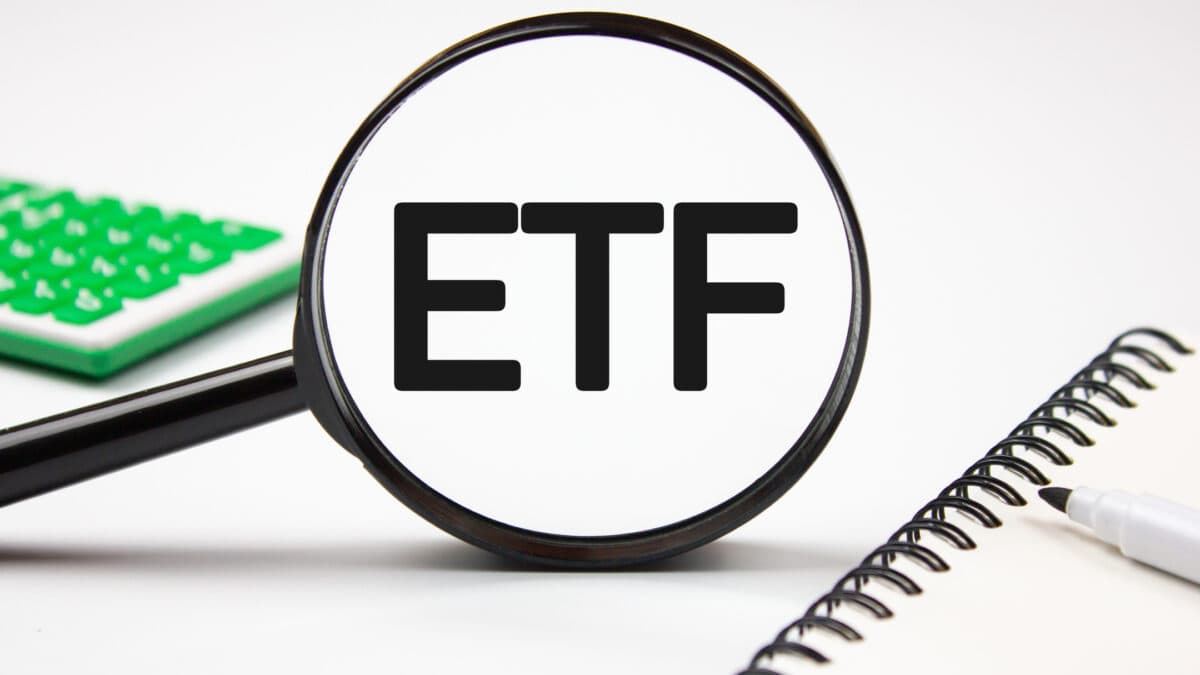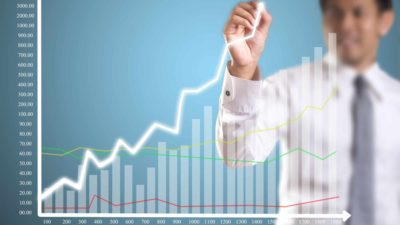Following the rise of ASX active ETFs, investors may be considering them as an investment.
Last week, I wrote about the advantages of active ASX ETFs and when they might be suitable.
On Friday, the ASX 200 (ASX: XJO) officially entered into a bear market and took many passively managed index funds (that track the index) down with it. For example, BetaShares Australia A200 ETF (ASX: A200), which tracks the ASX 200, is down more than 10% this year.
ASX ETFs, which track US indices, have performed even worse. Vanguard US Total Market Shares Index AUD (ASX: VTS) and Betashares Nasdaq 100 ETF (ASX: NDQ) are both down more than 15% this year.
Investors may be looking at ways to preserve capital, and active ETFs may provide the answer.
Given their active management style, ASX active ETFs often charge higher management fees than passive ETFs. However, according to the most recent Australian Investor Study, fees and costs associated with making an investment ranked among the top 3 considerations for selecting an investment.
Accordingly, high management fees may deter many ASX investors. However, there are a few low-cost active ETF funds out there that may appeal. Let's explore two options.
Vanguard Global Value Equity ETF (ASX: VVLU)
Vanguard Global Value Equity Active ETF seeks to outperform the FTSE Developed All Cap Index (its benchmark) through active investment in global equity 'value' securities. It charges a management fee of 0.28%, which is particularly low for an active ETF. Investments are selected based on being undervalued, as determined by fundamental measures such as the price-to-earnings (P/E) ratio.
As at 31 December 2024, the average P/E ratio in the portfolio was 11.24, which is significantly lower than its benchmark average of 22.05. Holding less expensive companies can provide downside protection during a market correction
As of 31 December 2024, the ETF was broadly diversified, with 870 holdings. Its top three holdings are Altria Group, AT&T, and General Motors Co. Vanguard suggests this ETF is most suited to long-term investors looking for both income and capital growth that have a higher tolerance for market volatility.
BetaShares Australian Hybrids Active ETF (ASX: HBRD)
Another ASX active ETF to consider is BetaShares Australian Hybrids Active ETF. This ETF aims to provide investors with attractive income returns from an actively managed, diversified portfolio of primarily hybrid securities. It pays income monthly at a rate expected to be significantly higher than cash and senior bonds, along with franking credits. However, this ETF comes with a slightly higher management fee than Vanguard Global Value Equity Active ETF, charging 0.55% per annum for management.
Foolish Takeaway
Passive income ETFs have been a winning strategy for many ASX investors. During a bull market, there may be very little incentive to seek out other strategies. However, during a downturn, investors may feel inclined to look around for investments that seek to preserve capital. This may be especially true for investors with shorter investment time horizons.
Over the past five years, the number of active ETFs on the ASX has risen dramatically from 37 in 2019 to 125 in 2024. Those interested in active management but conscious of high management fees might want to consider the Vanguard Global Value Equity Active ETF or the BetaShares Australian Hybrid Active ETF.









